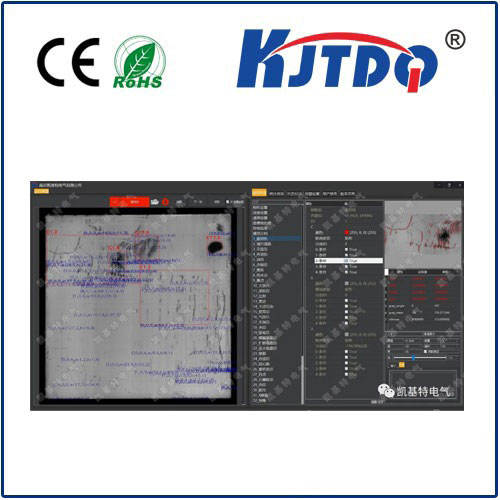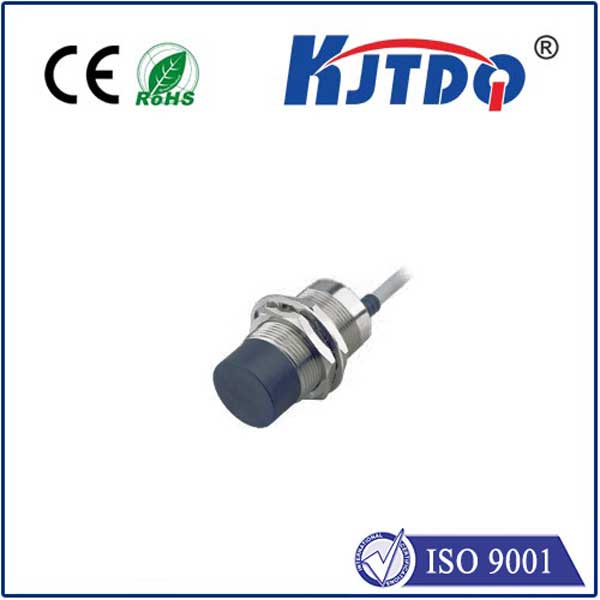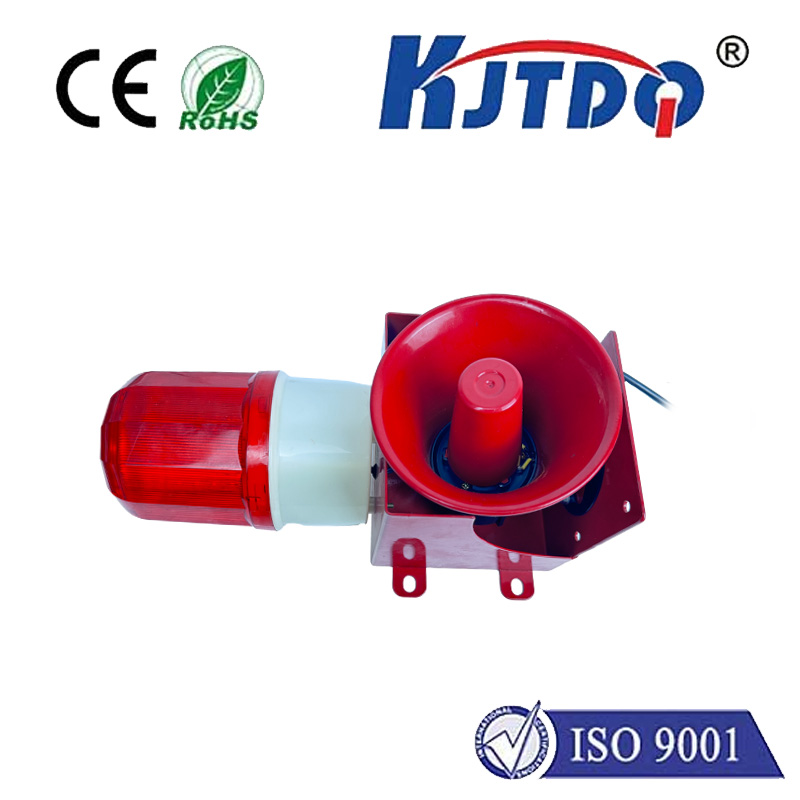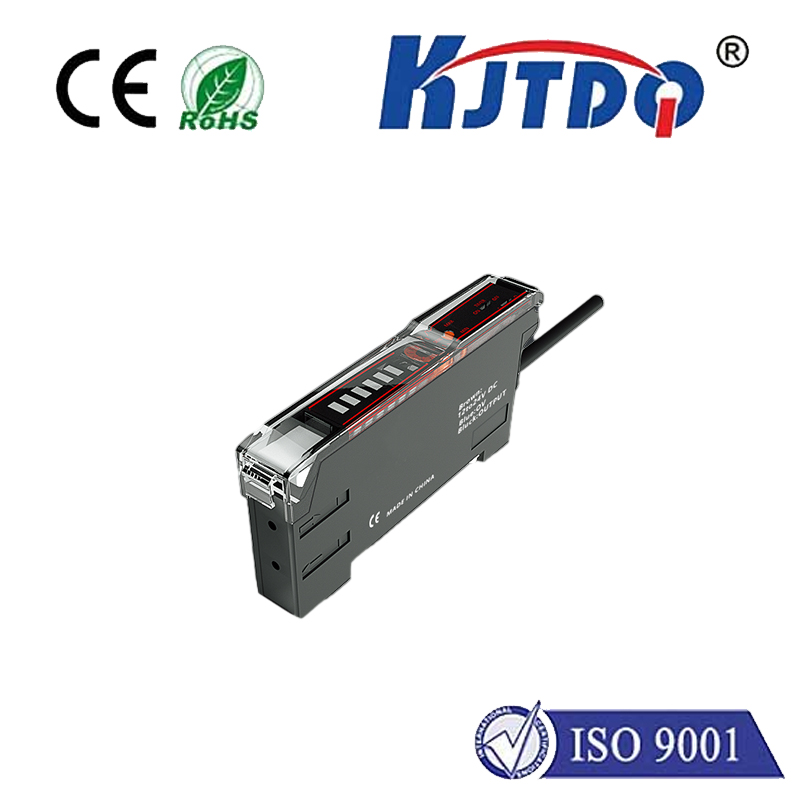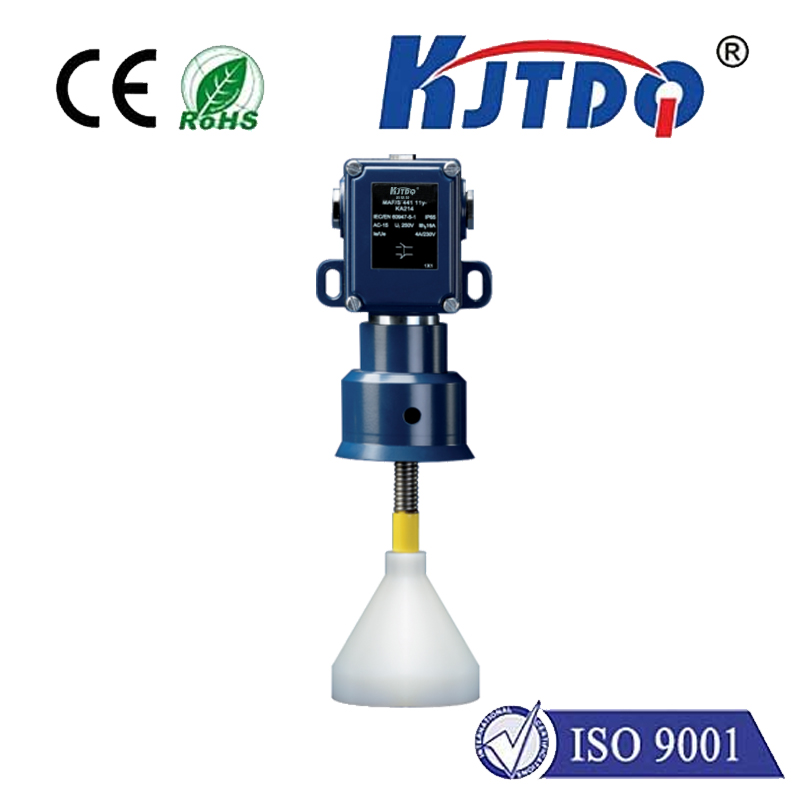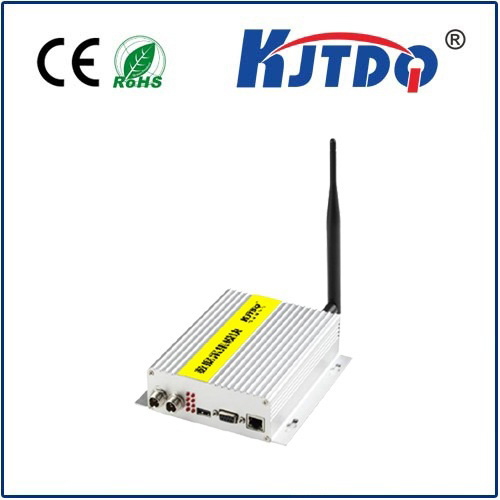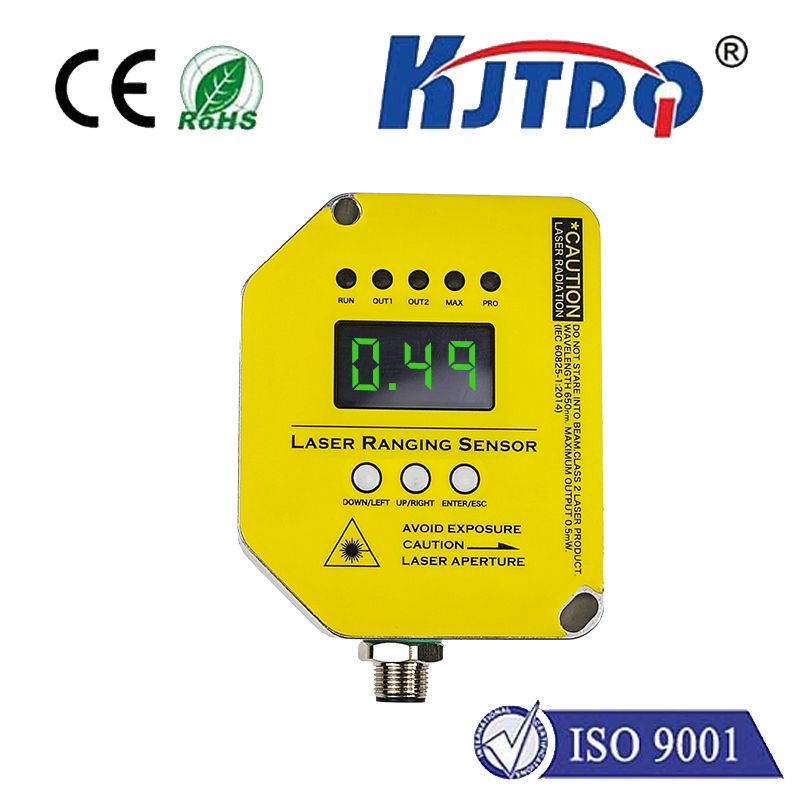
check

check

check

check

In the world of technology, sensors play a vital role in enabling devices to interact with their environment. One such sensor that has gained immense popularity in recent years is the magnet proximity sensor. This innovative device uses magnetic fields to detect and measure the distance between two objects, providing precise data for a wide range of applications. In this article, we will explore the working principle, advantages, and potential uses of magnet proximity sensors. How Does a Magnet Proximity Sensor Work? A magnet proximity sensor consists of a magnet and a sensing element that responds to the magnetic field generated by the magnet. The sensing element is typically made from a material called Hall effect semiconductor, which produces an electric voltage when exposed to a magnetic field. As the magnet moves closer to the sensor, the strength of the magnetic field increases, causing a corresponding increase in the output voltage. By measuring this change in voltage, the sensor can determine the distance between itself and the magnet. Advantages of Magnet Proximity Sensors One of the main advantages of magnet proximity sensors is their high accuracy and reliability. Since they rely on the fundamental physical properties of magnetism, they are less likely to be affected by environmental factors such as temperature, pressure, or humidity. Additionally, magnet proximity sensors do not require any moving parts, making them durable and low maintenance. They are also versatile and can be used in a wide range of applications, from automotive systems to industrial automation. Potential Uses of Magnet Proximity Sensors Magnet proximity sensors have numerous potential uses across various industries. In the automotive industry, they can be used to detect the position and speed of engine components, enabling more efficient and reliable operation. In industrial automation, they can be used to monitor the position and movement of robotic arms or conveyor belts, improving safety and productivity. They can also be used in healthcare applications, such as monitoring patient vital signs or controlling prosthetic devices. In conclusion, magnet proximity sensors are a powerful tool for detecting and measuring distances between objects using magnetic fields. Their accuracy, reliability, and versatility make them ideal for use in a wide range of applications. As technology continues to advance, we can expect to see even more innovative uses for this fascinating sensor.


